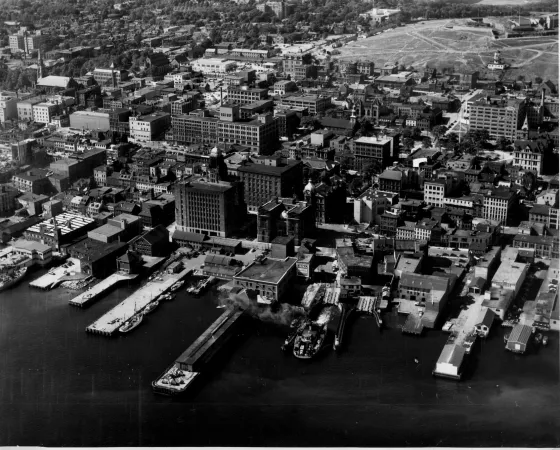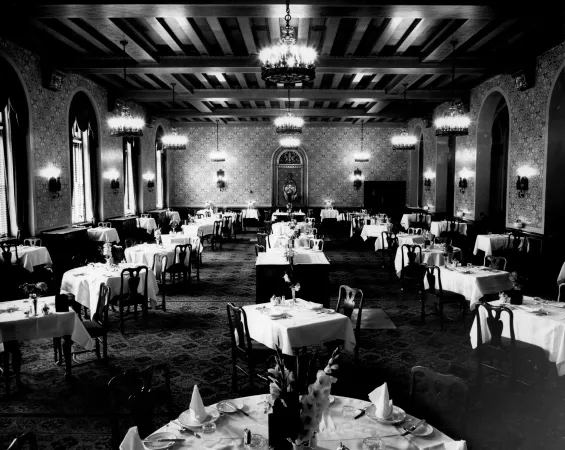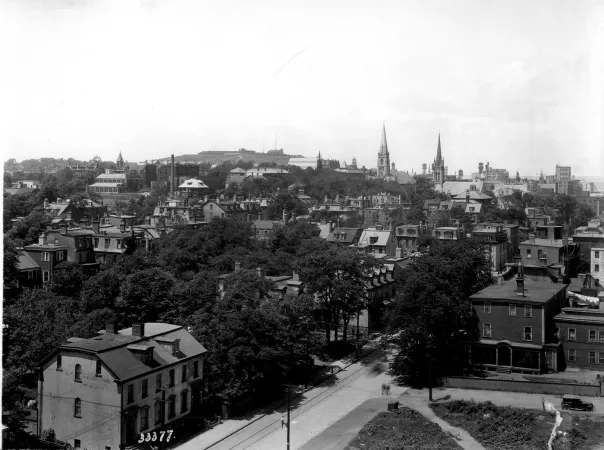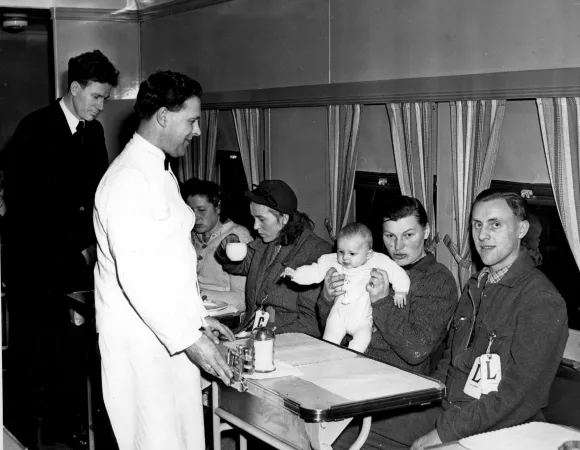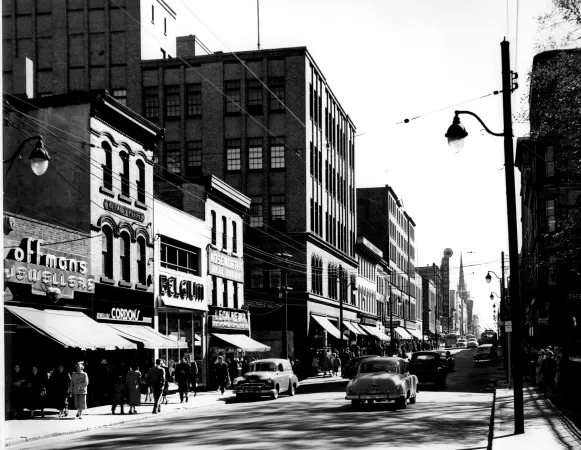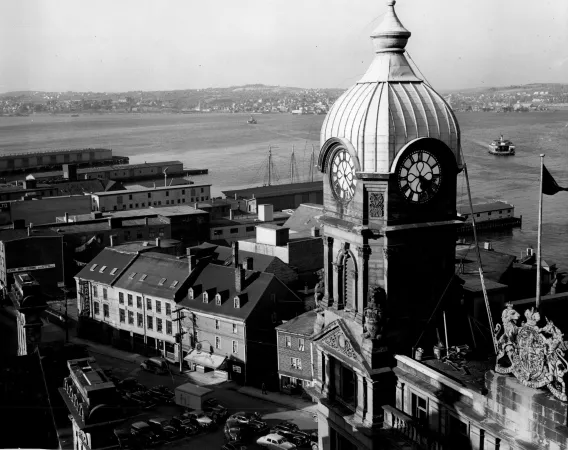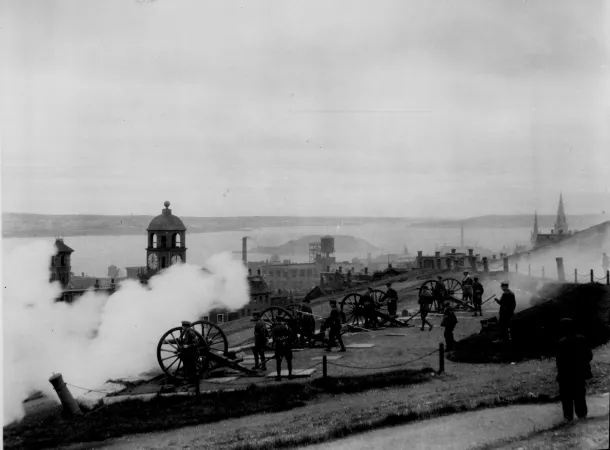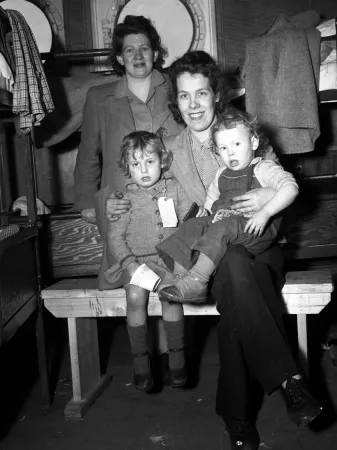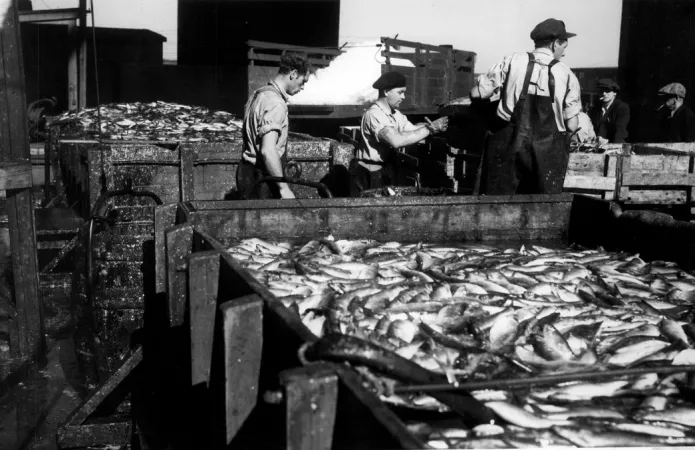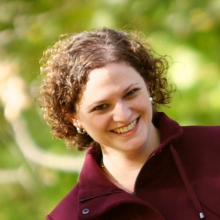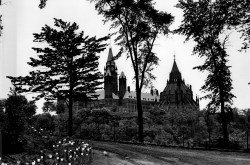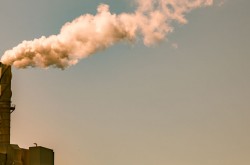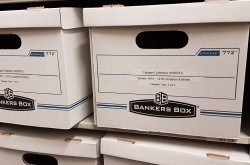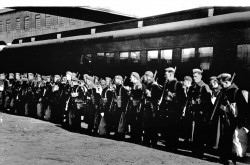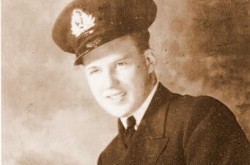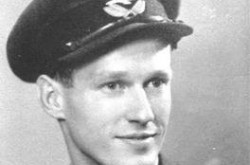Ingenium Archives “City Series”: Halifax
The “City Series” is composed of short articles highlighting selections of historical photos from cities and towns throughout Canada. In today’s installment, we focus on Halifax, the provincial capital of Nova Scotia.
Note that the photo essays in the series focus solely on the urban elements represented in our photographic holdings, and are not meant to be a complete historical record. Most of the images featured are part of Ingenium’s CN Images of Canada Collection.

Historic guns (cannons) at the base of Citadel Hill, pointing towards the harbour, Halifax, Nova Scotia, Canada, 1926
The buildings in this photograph from 1926 have mostly been replaced by the Scotiabank Centre, hotels and modern buildings boasting restaurants and apartments.
Throughout its more than 270-year history, Halifax has been an important site for shipping, immigration, fortification and military embarkation. Officially established as a town by British soldiers and colonists in 1749, Halifax is located in Mi’kma’ki—the traditional territory of the indigenous Mi’kmaw people. The city was built at a strategic summer fishing location for some Mi’kmaq, called Kepe'kek, meaning “at the Narrows.” Conflicts between colonists and Mi’kmaq were common, and the British established fortifications to protect settlers and to guard the natural harbour from the French, positioned at Louisbourg, 170 nautical miles northeast of Halifax, on Nova Scotia’s Cape Breton Island.
The buildings surrounding the Halifax Citadel have changed a great deal since the city’s founding, from a series small wooden homes and businesses in the 1700s, to stately brick and stone houses lining Brunswick Street in the mid to late 1800s, to decay and eventual gentrification in the twentieth century.

Aerial view of the Halifax Citadel and harbour, Halifax, Nova Scotia, Canada, 1959.
Halifax remained militarily important through the American Revolution, the Napoleonic Wars and the War of 1812. The fortress on Citadel Hill was rebuilt three times in the 100 years between the 1750s and 1850s, when Fort George, the stone structures that stand today, was completed. Fort George and Citadel Hill are the city’s most famous historical sites. The star-shaped fortress—a common design in Europe—gave the British soldiers a view of the harbour and surrounding settlement. It never saw battle, though it remained a soldiers’ barracks until the end of the Second World War.
Shipping
Halifax harbour is the closest major port in North America to the European continent, and shipping has long been a vital part of the city’s economy. In the 1800s and 1900s, goods from across Canada were shipped by rail to the port, and loaded into cargo ships.

The CNSS Lady Drake docked at Halifax, with workers loading flour, 1928

The Grand Banks schooner Isabel F. Spindler at port, with workers unloading baskets of fish. The Lady Drake is anchored behind, 1937
Halifax was also a strategic port for shipping military goods and personnel. During the First World War, the SS Mont-Blanc—a munitions ship loaded with explosives destined for the war in Europe—collided with another vessel in the harbour. The resulting explosion killed nearly 2000 people, and leveled a large stretch of land on the north side of the city.

Intercolonial Coal Company, Building, Station, 1905, Halifax, Nova Scotia, Canada
The explosion also destroyed the Intercolonial Railway’s North Street train station, pictured here in a 1905 drawing.
The Nova Scotian Hotel
In 1928, Canadian National Railway built the luxurious hotel The Nova Scotian at the south end of the port. Cruise ships and ocean liners arrived at the nearby piers, and the hotel was connected to the railway station via an indoor walkway. The Nova Scotian played host to guests and dignitaries from all over the world, including Queen Elizabeth II.

The Nova Scotian hotel, built by Canadian National Railway in 1928. Halifax, Nova Scotia, Canada, 1939

The Rose Garden at The Nova Scotian, Halifax, Nova Scotia, Canada, 1937
The hotel boasted ballrooms, gardens, a barbershop, opulent dining rooms, and a lovely view of the city from the rooftop garden.
Immigration and Pier 21
Halifax was also an important site for welcoming new immigrants to Canada. Pier 21 served as the port of entry for approximately one million people between 1928 and 1971.
During the Second World War, Pier 21 was an important embarkation point for soldiers, nurses, and other military support staff heading to Europe.

Troops marching from train to ship en route overseas, ca. 1940, Halifax, Nova Scotia, Canada

Displaced person at Halifax, July 3, 1947, after arriving aboard the U.S. Navy ship General M.B. Stewart, Halifax, Nova Scotia, Canada, 1947
Following the war, Pier 21 processed close to 100,000 displaced persons as they arrived in Canada. Many had survived the Holocaust.
Downtown and Transit
By the 1890s, Halifax was home to 70,000 people. To serve this growing population, electric tram cars replaced the existing horse-drawn rail cars on major streets. These cars, called Birneys, were painted bright yellow so they would be visible in fog.

An electric trolley car boards passengers in Halifax, Nova Scotia, Canada, 1945

A decorated Birney Streetcar, bidding farewell as the model was retired, Halifax, Nova Scotia, Canada, March 26, 1949
Photographer: Fred V. Stephens
In 1949, the tram cars were replaced with electric trolley coaches. Many people were sad to see them go, and several were painted with faces and messages of farewell.
We will end this photo journey with a slide show of images of the city.
Stay tuned for our next installment of the City Series which will feature Winnipeg, Manitoba.
Image gallery
Enjoying the Ingenium Channel? Help us improve your experience with a short survey!



